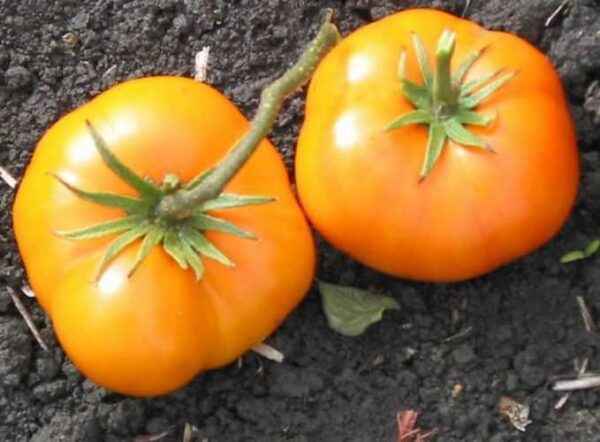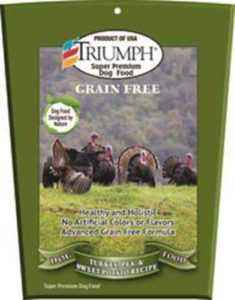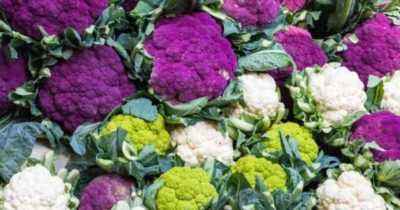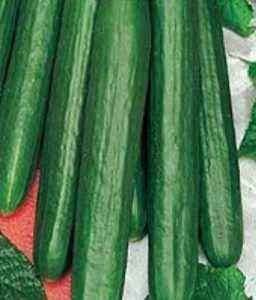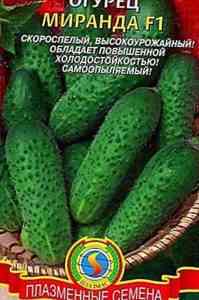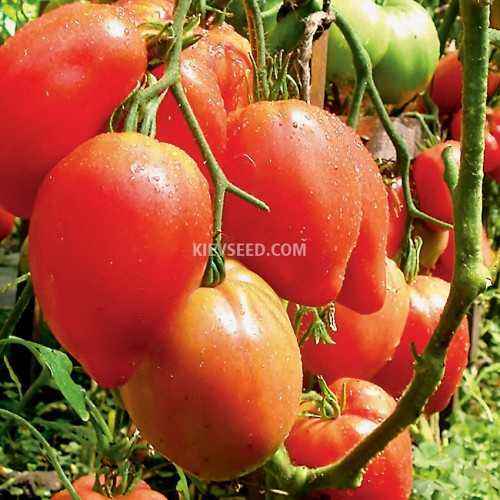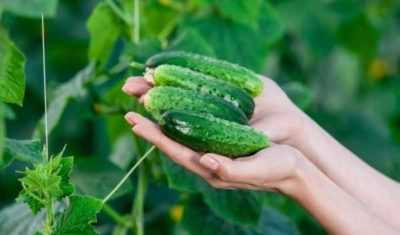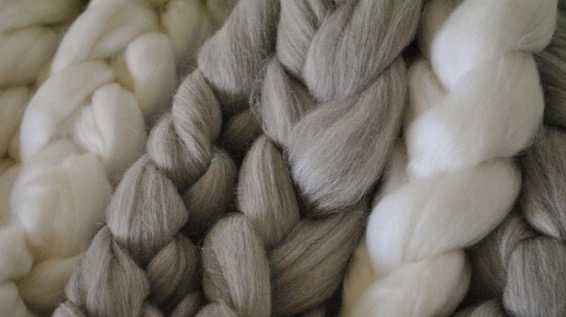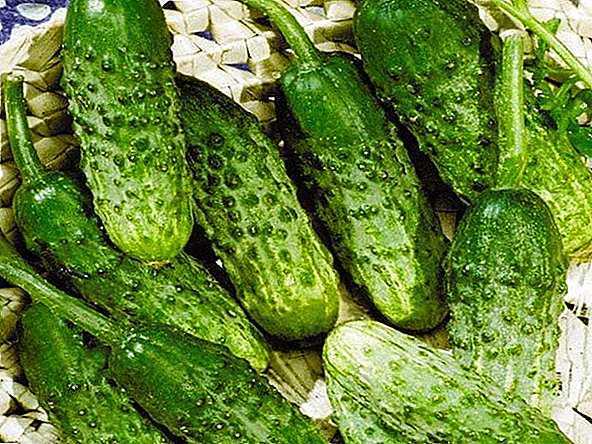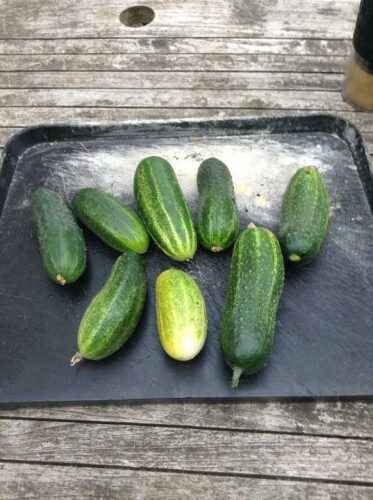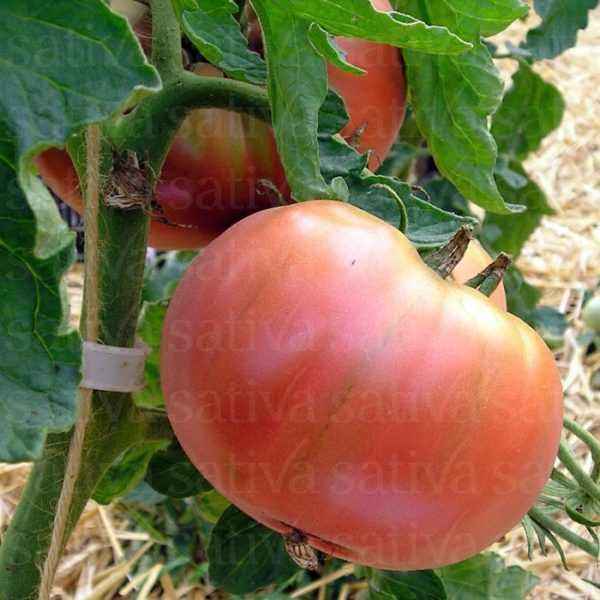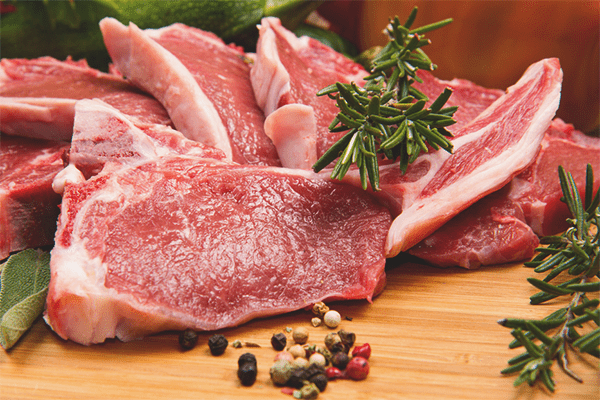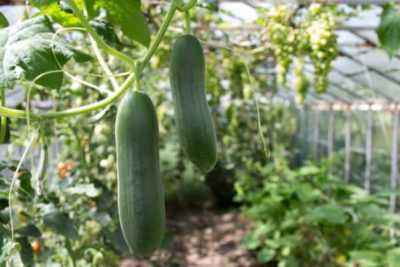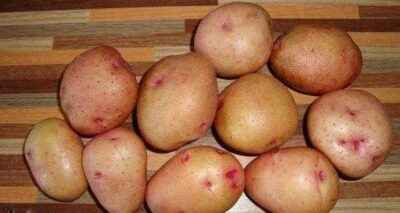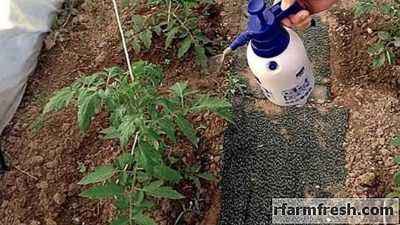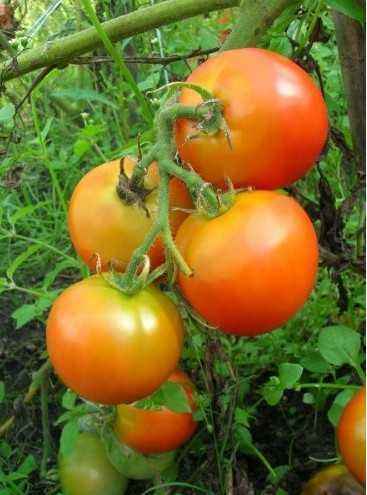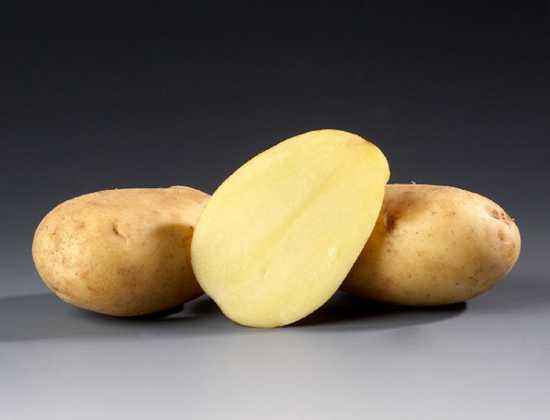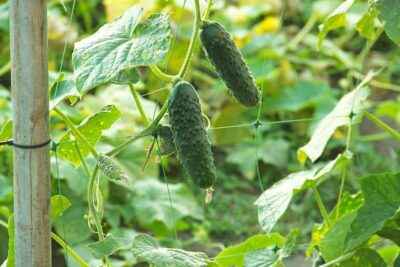Almost every gardener grows tomatoes. It can be difficult to grow a culture because of the capricious nature of the plant with respect to temperature and humidity. To get a large quantity of high-quality crop, you can apply a tomato shelter.
- Why cover tomatoes in open ground
- What kind of shelter should be
- Ground requirement
- When to start planting a tomato under the shelter
- Choosing a greenhouse
- Frame
- Covering
- When to harvest
- Conclusion <

Shelter for tomato
Why cover tomatoes in open ground
The reasons on which you can cover plants in open ground are :
- quick freezing of the soil;
- inappropriate climatic conditions;
- insufficient heat for a particular variety;
- the need to close the plant from sun.
When sheltering tomatoes in open ground, the plant receives the necessary amount of heat and is protected from the sun. You need to cover the plants during periods when there is a decrease in air temperature and weather deterioration. You can also cover the plantings during frequent rains.
Tatyana Orlova (Ph.D. S.-kh.Sciences):
A hotbed or greenhouse allows you to plant seedlings and get tomato fruits earlier than a certain date, and in the autumn to extend the period for collecting ripened fruits.
What should be the shelter
The main criterion is temperature. Shelter should provide warmth for vegetables. The soil should warm well in the spring.
The structure should not interfere with cultivating the soil around the plants. Greenhouse seedlings are best cultivated. To avoid too high temperatures, the structure should have ventilation.
It is easiest to hide tomatoes using a frame made in the form of metal arcs stuck into the ground. Such a greenhouse can be either permanent or temporary.
Soil requirement
Before you start planting and covering the tomatoes, you need to carry out preparatory steps. The first step is to select the soil. It should be sufficiently loosened and moist.
To prepare the soil for planting tomatoes, you can use peat or humus. They can be used as organic fertilizers. The land can also be cultivated using wood ash.
Tatyana Orlova (candidate of agricultural sciences):
Peat is not a fertilizer.It is poor in nutrients, but has good physical properties: friability, lightness, high moisture capacity and water retention capacity. It is used mainly in order to make heavy clay soils lighter, and sandy and sandy loam more moisture-intensive.
Wood ash is a good fertilizer containing potassium, calcium, phosphorus. But in excess is harmful. It alkalizes the soil and can cause a burn of the root system of the tomato when applied directly to the hole when planting seedlings. Infusion of ash can be watered tomatoes. You can make it for digging the soil at the rate of 200-250 g per 1 square. meter.
When to start planting a tomato under cover
You can plant seedlings immediately under the covering material. In this case, it is better to start planting at the end of May, when the soil is warm enough. There should already be several leaves on the plants, and the roots are sufficiently developed. If the cover material is polycarbonate, then it is better to plant it in mid-May.
It is better to plant seedlings after dinner or in the early evening. Ideal for a landing would be a warm cloudy day. This will allow the plant to quickly settle in a new place.
Greenhouse selection
The main differences are the material from which the shelter is made. The covering material is in the form of a plastic film, glass or polycarbonate. The frame is made of wood or metal.
Wireframe

Select the appropriate material for the frame
The choice of materials depends on the purpose and time of use of the cover. Advantages of the wooden frame:
- accessibility of the material;
- practicality;
- ease of manufacture.
The wooden shelter must be processed using varnish or paint. This is to ensure that the material is not destroyed by moisture. Such a greenhouse is best used only in warm periods. With this operation, it will last 4-5 years.
Advantages of the metal frame over the wooden:
- ability to withstand heavy loads;
- does not absorb water;
- does not change its shape from the effects of weather conditions;
- longer operating lines.
This frame must also be coated with paint or varnish to protect the material from the appearance of rust. It is possible to operate the shelter from such material for more than 10 years.
Coating
The most popular material is film. This is due to its low cost and ease of use. The film is easy to put on the frame, it is moisture resistant and protects plants well. There is a reinforced film that can be used in any climate
Another popular material is glass.You need to choose a thick and strong coating with a thickness of at least 4 mm. Do not take too fragile glass due to unreliability.
- the disadvantages of this material are:
- poor protection from direct sunlight;
- inability to mount on metal framework;
- risk of destruction in the cold season.
Polycarbonate is the modern material that can be used to cover plants. It is strong and durable. It is most effective to use a cellular type of coating.
The honeycomb structure of the material allows you to evenly distribute direct sunlight over the surface, which favorably affects the development of plants. Polycarbonate keeps the heat inside very well and protects the plants from the penetration of cold air.
The popularity of the material is due to its ease of installation and its reliability. The material does not absorb moisture and does not change its shape from exposure to temperature. It can be used in all climates at any time of the year.
When to harvest
If the plants grew under shelter, then in most cases they ripen on Foot faster. The most common fruit already ripe in August and early September.
The exact time may vary depending on the vegetable varieties. There bystrozreyuschie kinds of tomatoes, which can be collected at the very beginning of August. The climate greatly affects the development of the plant.
Tatyana Orlova (candidate of agricultural sciences):
Optimum temperature during flowering and formation of tomato fruits 24-25 degrees. At this temperature, from flowering to full ripening of the fruit, 35-40 days pass (depending on the variety).At lower temperatures below the optimum temperature, the ripening process takes up to 50-55 days.
Conclusion
Shelter of tomatoes will allow you to get a lot more crop. The fruits will be more juicy and tasty.
You can build a shelter yourself. Materials are available and not expensive. If there is no way to cover tomatoes in the open ground with a homemade greenhouse, then ready-made designs are sold in stores.
